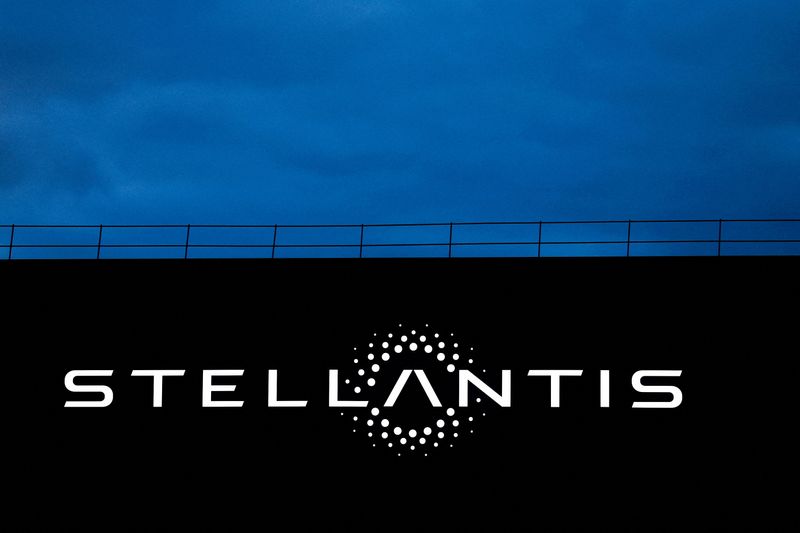
Grace Groner worked as a secretary for medical device giant Abbott Laboratories for 43 years. She lived in a small one-bedroom shack, did not own a car and bought her clothes at Negev sales.
So when she died in 2010 at the age of 100 and bequeathed her estate to her alma mater, Lake Forest College in Illinois, the story made headlines. The Chicago Tribune reported that the head of the school said after learning the amount, “Oh, my God.”
do not miss
-
Rich young Americans have lost faith in the stock market – and they are Bet on these three assets instead. Join now for a strong long term tailwind
-
36% of millionaires say retiring with rising costs and a shaky market – it would take a miracle – is here The best shock-resistant assets To grow your nest eggs
-
Do you want to invest your spare cash but don’t know where to start? There is an app for this
Groner built her fortune using a very simple strategy. While working for Abbott in 1935, she decided to buy three shares of the company. At the time, they were trading at about $60 each, for a total investment of $180 – a fair amount of money at the time, but far from an exorbitant investment.
I kept these shares. When the shares split, you didn’t sell them. When a company pays a dividend, it is used cash to buy more shares Abbott.
Decades later, that small investment of $180 has grown to more than $7 million.
Strategy for people who want to Earn passive income from stocks Simple yet powerful: find stocks that are paying big dividends, let it sit and reinvest for regular payments.
Of course, not all dividend stocks are the same. Here’s a look at three companies with long track records of paying reliable dividends — and increasing.
coca cola
The Coca-Cola Company (KO) is a classic example of a recession-proof business. Whether the economy is booming or struggling, a can of Coke is within reach of most people.
The company’s solid market position, massive scale, and portfolio of popular brands–including names like Sprite, Fresca, Dasani, and Smartwater–give it plenty of pricing power.
Add in strong geographic diversity – its products are sold in more than 200 countries and territories around the world – and it’s clear that Coca-Cola can thrive in thick and thin. After all, the company went public more than 100 years ago.
Even more impressive is that Coca-Cola has increased its profits for 60 consecutive years. The stock currently yields 2.89%.
Johnson & Johnson
With well-established positions in the consumer health, pharmaceuticals, and medical device markets, healthcare giant Johnson & Johnson (JNJ) has generated consistent returns for investors over the course of economic cycles.
Many of the company’s consumer health brands—like Tylenol, Band-Aid, and Listerine—are household names. In total, JNJ has 29 products which are able to generate annual sales of more than 1 billion dollars.
Read moreThis doorman in Vermont amassed a fortune of $8 million without anyone knowing about it. here The two simple techniques that made Ronald a rich reader – It can do the same for you
Not only does Johnson & Johnson post annual recurring earnings, but it’s also consistently growing it: Over the past 20 years, Johnson & Johnson’s adjusted earnings have increased at an average annual rate of 8%.
The stock has been trending higher for decades, all while returning an increasing amount of cash to shareholders. JNJ announced its 60th consecutive annual dividend increase last April and is now yielding 2.88%.
Procter & Gamble
Procter & Gamble (PG) has a longer track record of dividend growth than Coca-Cola and Johnson & Johnson: The company has raised its shareholder payments for 66 straight years.
This line is testament to its solid position in the FMCG market. P&G stocks a range of trusted brands such as Bounty paper towels, Crest toothpaste, Gillette razors and Tide cleaner.
These are products that households buy on a regular basis, no matter what the economy is doing. As a result, the company can deliver reliable earnings even in difficult times.
The last dividend increase was announced in April 2022, when the board of directors approved a 5% increase in the quarterly payout, to 91.33 cents per share. The stock currently yields 2.41%.
What do you read next
This article provides information only and should not be construed as advice. It is provided without warranty of any kind.



